Getting Online Orders Right, on Time, Every Time
The eCommerce marketplace is getting more challenging every day. Consumers demand exceptional service from webstores. They expect a vast selection of goods to be available for sale—and they expect the whole process to be efficient and convenient.
What's more, the digital environment has conditioned consumers to expect instant results. When they order something online, they expect the package to arrive at their doorstep in record time. They also want shipping options that will conform to their budget and particular needs.
Which means that order fulfilment in eCommerces comes with its own set of specific challenges which makes it difficult to fulfil every order accurately and speedily. If you succeed, you will build a base of loyal customers and boost your revenue. If you fail, customers will turn to your competitors.
In this article, we will look at the order fulfilment process in eCommerce. We will also discuss ways to minimise mistakes in order fulfilment.
It's crucial to deliver each order in the way the customer expects and make the returns, refund and exchange processes as painless for them as possible.Your success as an online retailer depends on getting orders right, every time, on time.
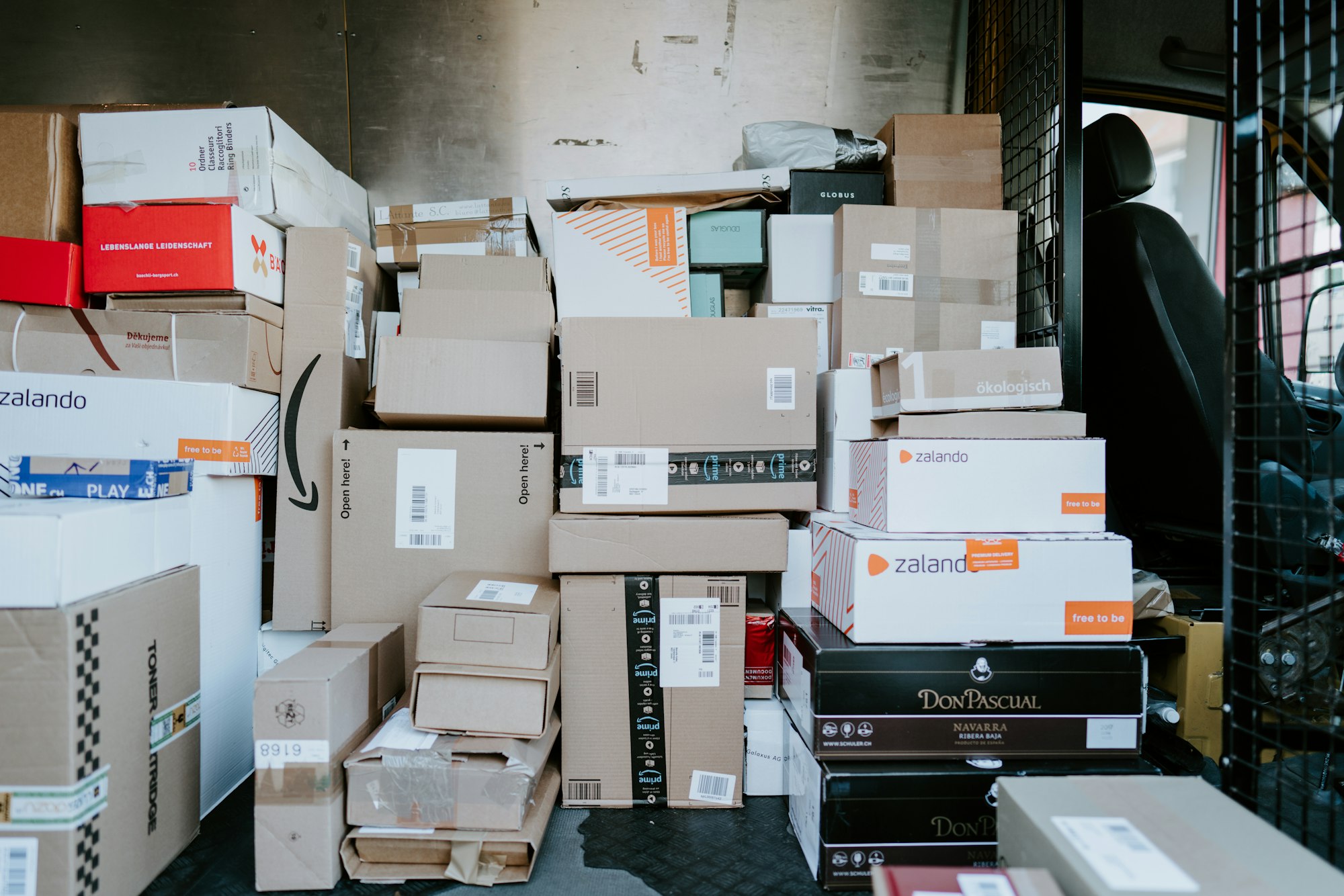
Why is Online Order Fulfilment so Challenging?
Running an online store isn't easy. There are many pitfalls to the way of success. When a customer shops online, their ability to find the product they want and pay for it is only a small part of their user experience. What is equally important is everything a company does to respond to that order.
Everything that happens after they click on the "buy" button will either turn them into a loyal customer, or push them to use your competitor's service in the future. You need to get the goods a customer ordered into their hands as quickly as possible while also keeping costs to a minimum.
It's important that the order be fulfilled accurately and in record time. At the very least, your online customers expect the order to arrive by the delivery date you provided when they placed the order. They also expect their package to contain the correct items.
This process is unfortunately quite error prone. It's easy to send a customer the wrong item if a staff member makes a mistake in the picking, packing or shipping process. Refunds are costly—and you might lose a customer in the process.
Other aspects of order fulfilment that are challenging in eCommerce are the monitoring of orders, accurate demand forecasting, as well as delivering on your promised delivery dates.
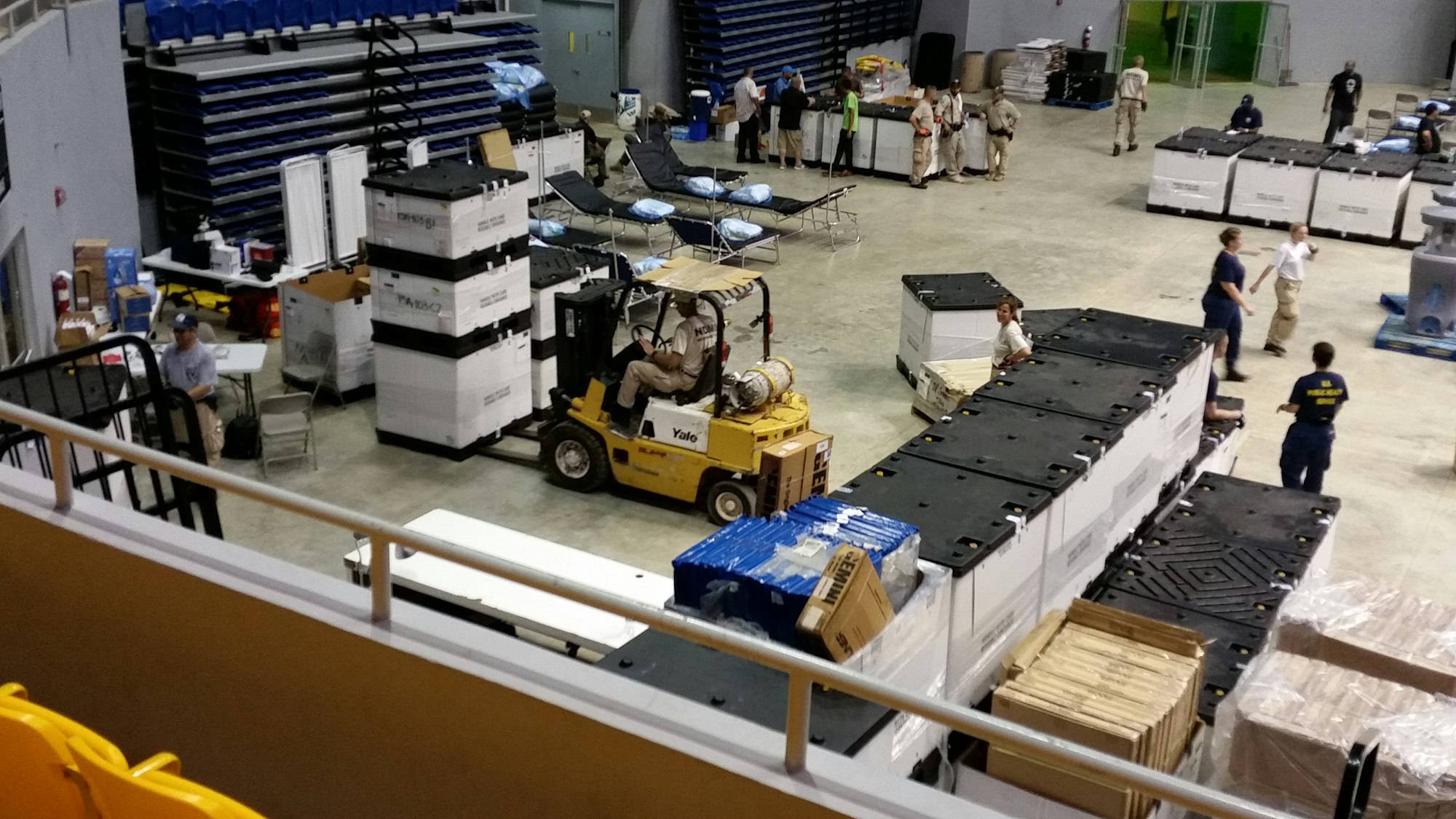
The Different Steps in Filling an Order
Setting up your order fulfilment in such a way as to meet these high expectations isn't easy. You need to satisfy your customers each time they place an order—and that's difficult to do. There is very little room for error.
What you want is an order fulfilment strategy that operates like a well-oiled machine. And if you're in the eCommerce field, the repetitive and time-consuming steps of this process need to be automated.
Which means to succeed in the online retail space, you need to optimise the following steps in the order fulfilment workflow:
1. Receiving Goods into Inventory
It comes as no surprise that order fulfilment actually starts before the customers place an online order. You need inventory to sell—which means you need to buy stock and receive the goods at your own warehouse or the storing facility of a fulfilment partner.
This is also where demand forecasting plays a role. You need to stock enough of each product you need to sell to meet demand. Demand for some products fluctuates based on the season, while other products will always be in demand throughout the year.
Receiving stock into inventory requires the following steps:
- The goods are delivered, counted, and verified.
- Then the goods also have to be inspected for transport damage.
- SKUs (stock keeping units) for the goods are registered in the inventory management software. If it’s a new product, fresh SKUS are registered for them.
- Finally, the SKUs and barcodes for the products are verified.
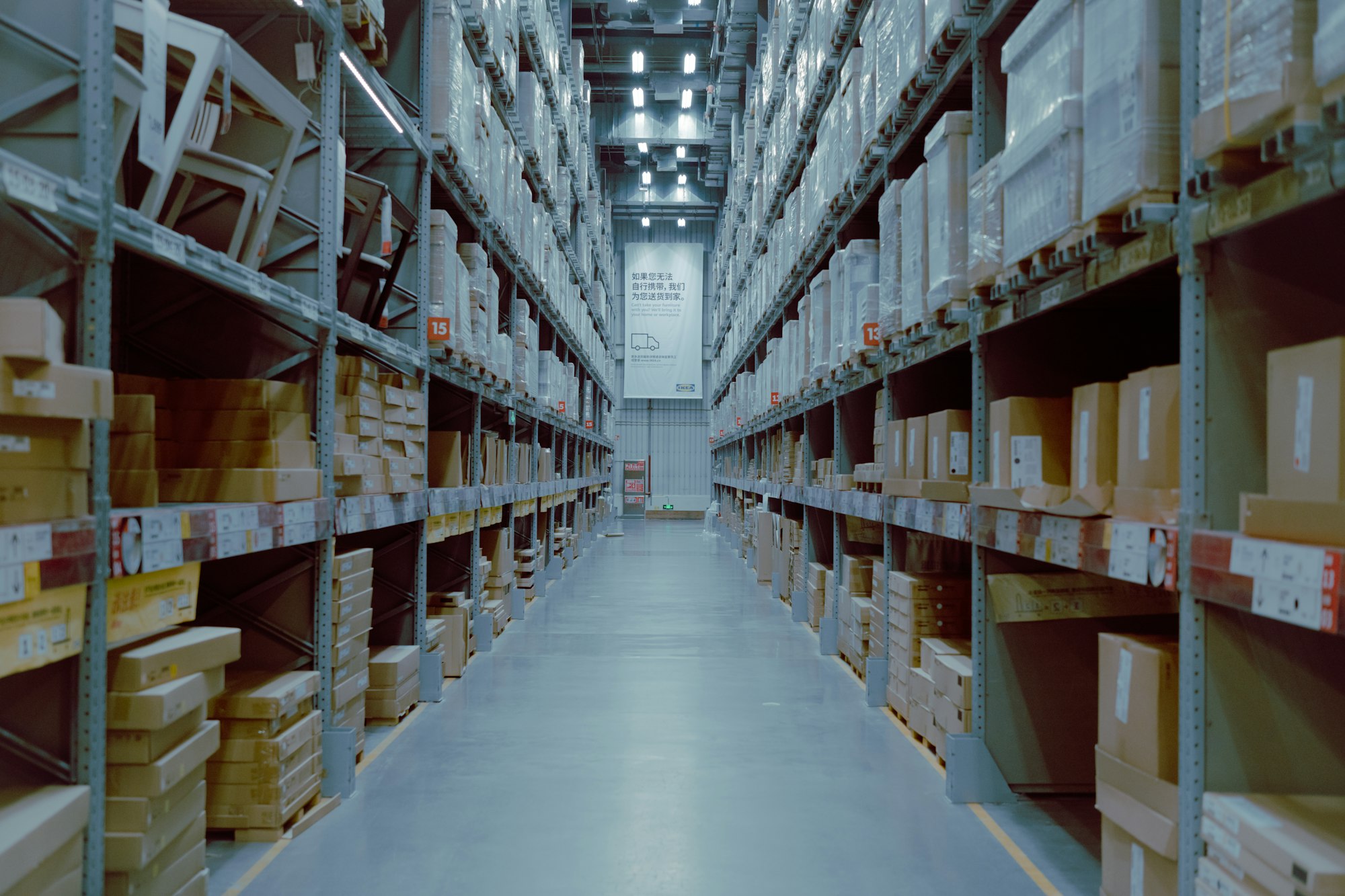
2. Inventory Storage
The next step is for the stock to be stored appropriately in the warehouse. Some products have standard storage requirements and can be stored in bins, or on shelves or pallets. Others, for example cold chain products, need specialist storage.
The inventory also has to be organised in an efficient manner. Careful attention needs to be paid to expiry dates of items to prevent dead stock. Products that are more in demand should also be stored in a more accessible location. Good inventory management software is essential to automate these tasks and decisions.
3. Picking Order Items
Now you are ready to take an order for these products on your webstore. When the order is registered, it is communicated to your team members and fulfilment partners and the fulfilment process kicks into action.
The right items need to be picked. Warehouse management software will be able to pinpoint the exact location of the product for your picking team. The list of items are then found in the warehouse based on a packing slip. The inventory software will then make the necessary adjustments to inventory.

4. Packing Order Items
The items are moved to the packing facility where the correct packing material is chosen to minimise cost and protect them in transit. Some products require specialist packaging which will raise costs.
It's important that the package is labelled correctly with the delivery address, order details, and specialist labels when required.
5. Shipping the Order
At this point, the package is ready to be shipped to the customer. Many retailers offer a free option for standard shipping and premium shipping with additional charges. Good order fulfilment software will be able to automatically calculate the most cost effective and fastest shipping option for each order.

6. Handling Returns
How you handle returns is more important to online shoppers than you might think. If returns are too expensive or complicated, customers might choose to shop elsewhere—so think carefully how you will handle returns. Negotiate a returns policy with your fulfilment service. You also need to set up a proper system in your warehouse to handle returns.
When you receive a product back from a customer, it has to be checked for damage. It then needs to be entered back into the inventory registry for reselling and returned to the appropriate storage facility and location.
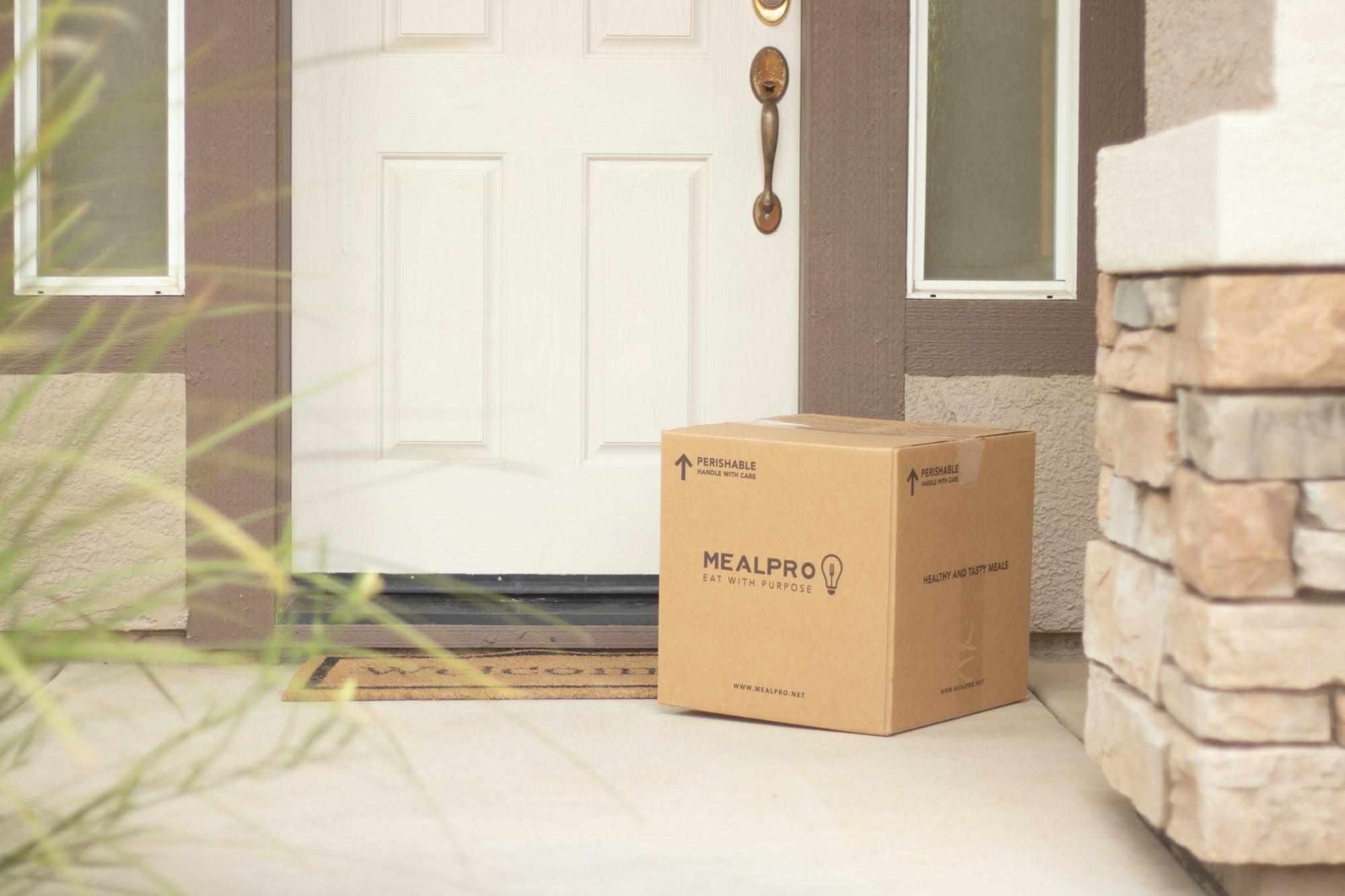
Reducing Errors in Online Order Fulfilment
Effective communication with customers can go a long way to improve your fulfilment process and reduce costly mistakes. Offering the right shipping options and using the right courier service also plays a huge role.
In short, there are a couple of steps that you can take to minimise errors in your order fulfilment process:
1. Communicate your Fulfilment and Returns Policy
Most online retailers don't realise that their shipping and returns policies have a large impact on their ability to win and keep customers. According to surveys, about 75% of online shoppers expect to be offered some kind of free shipping option. More than 60% check a website's returns policy before they buy.
You should clearly communicate your fulfilment and return policy to customers. If you offer free shipping or fast delivery, put it on your home page. Make this information easy for customers to find. It will definitely play a factor in their buying decisions.
You should also explain your returns policy in language that an average customer can understand. Under which conditions do you accept returns and what are their rights with regards to returns?
If you hide this information somewhere in the terms and conditions part of your website, you might scare some customers away. Online shoppers are skittish to make a purchase if they can’t change their minds later and return the goods.
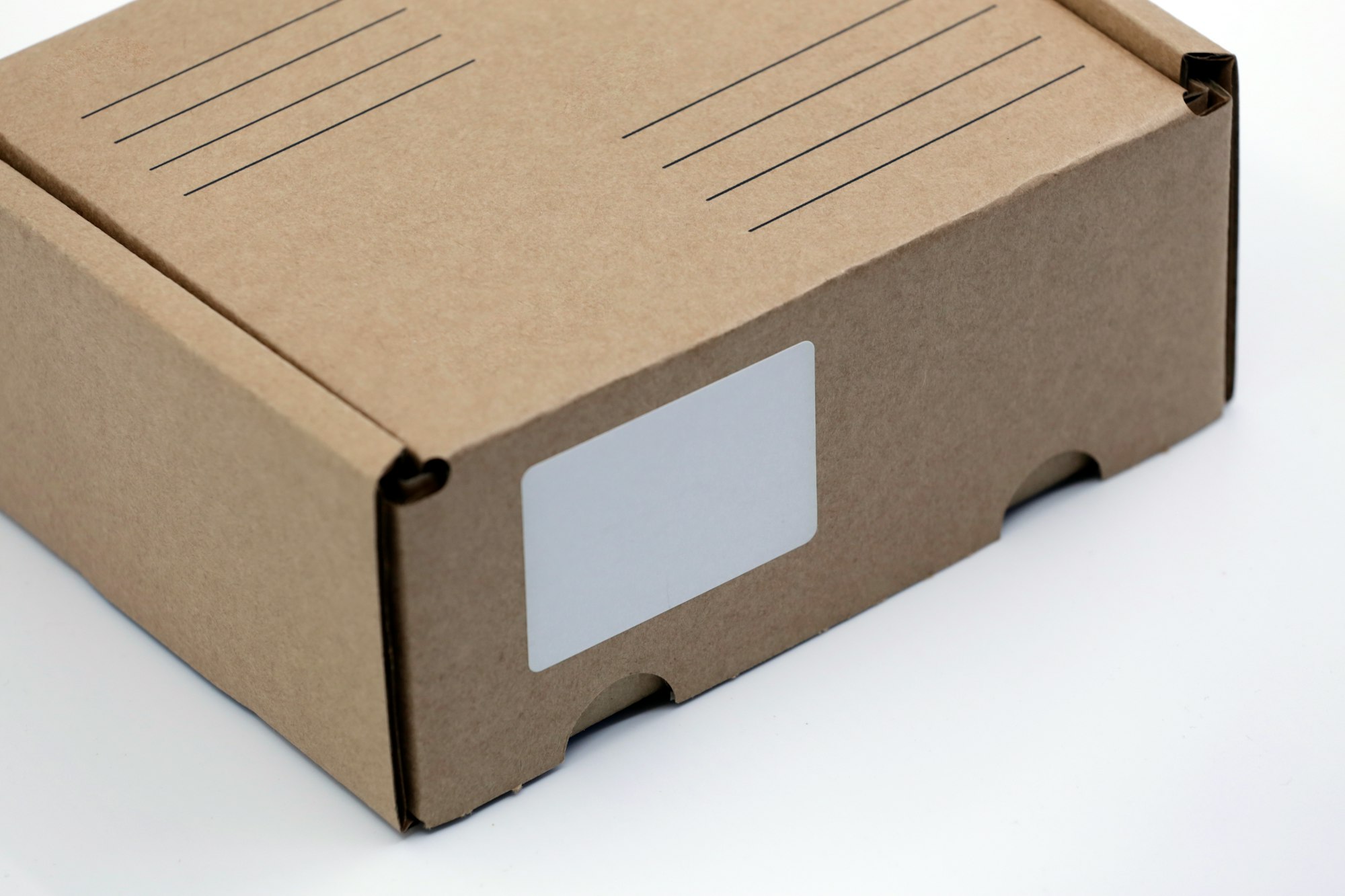
2. Offer Free Shipping as an Option
In the competitive online retail environment, customers have come to expect some kind of free shipping option. Many retailers require customers to spend more than a certain amount before they qualify for free shipping.
This is an excellent marketing ploy, as it encourages customers to spend more. Surveys have shown that 25% of customers will choose to spend more in an order if they can get shipping for free.
3. Consider Flat Rate Shipping
Sometimes a flat rate shipping charge makes more sense for your market sector. With this option, the shipping cost stays the same regardless of the weight, size, or value of the purchase.
Many customers prefer to know exactly how much their shipping costs will be before they buy. This is especially beneficial to customers who want to buy larger items or orders. For example, this might be an excellent option for retailers that ship furniture or other bigger items.
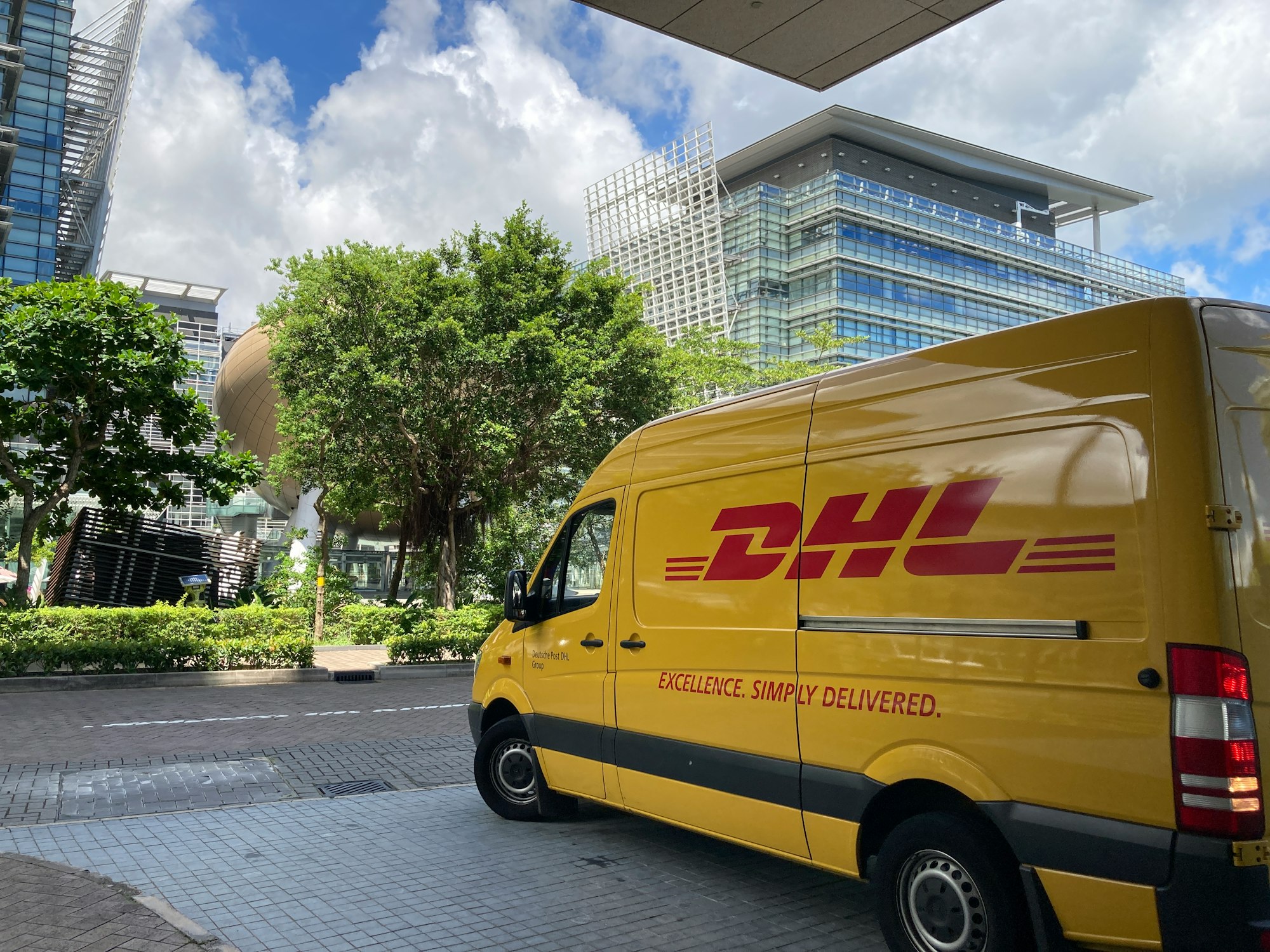
4. Carefully Choose your Courier Service
Your choice of courier service could make or break your online business. There comes a time in any business when you’ve grown too large to pack each order yourself and take it to the post office for delivery. Now you have to shop around for a courier service that will provide the level of service and speed you need without inflating costs.
If you use the right service, it will build your brand and reputation in the market, which will result in more business and sales. On the other hand, the wrong courier service could alienate customers.
You need all your orders to arrive at your customers quickly and in excellent condition. So take your time when choosing a courier partner. Do your research. Consider the cost to benefit ratio for each courier and make the best pick for your particular needs.
5. Offer Clear Delivery Updates
It has become standard practice in online retail to offer delivery updates to customers with regards to their orders. Many courier services give the customer a tracking number, which allows them to follow a parcel's journey from warehouse to delivery. The right courier service will make all the difference in the world where it comes to providing excellent customer service.

6. Carefully Consider your Packaging
What role does the packaging method and material play in the order fulfilment process? Research has shown that more than 70% of customers are influenced by the design of packaging when they buy something. Two thirds of customers said they were more likely to use an online retailer again if their order arrived in premium packaging. Packaging has become so important to online shoppers, that unboxing videos have become something of a trend on YouTube and other social media platforms.
The presentation of your products when it arrives at your customer's doorstep is important. Use appealing packing and consider branding your boxes and shipping bags. You might even add extras like wrapping the product in tissue paper, or adding a customised note or free gift. These small touches speak volumes and will boost your customer satisfaction numbers.
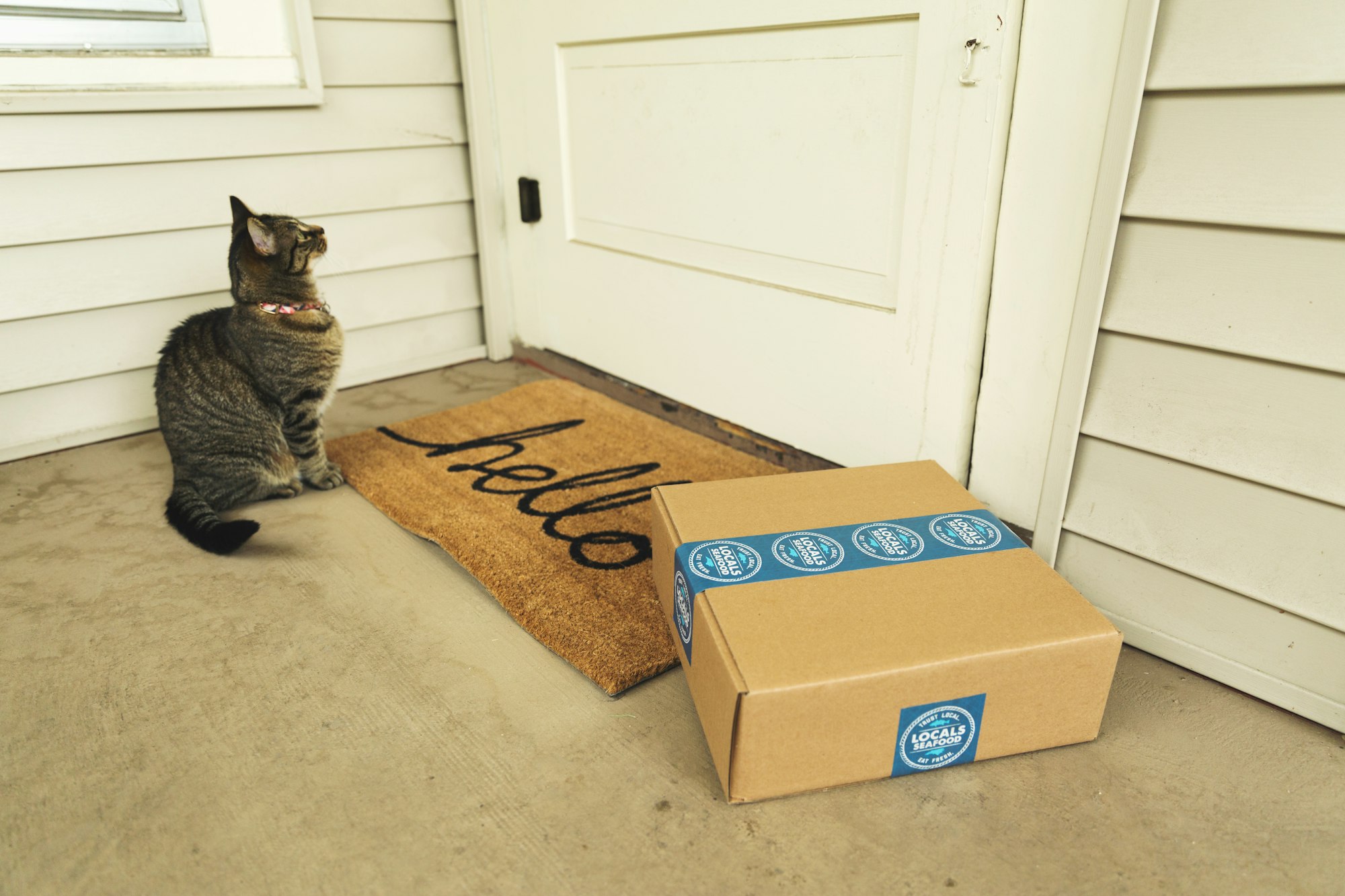
Conclusion
In the last couple of years, the eCommerce industry has been experiencing tremendous growth. This has only increased in the wake of the Covid-19 epidemic as customers were forced to take their purchase online.
Already 2022 is looking like another bumper year for the online retail industry. Retailers in the US are on track for the first trillion-dollar year in history. Which means that online retailers have to be ready to fulfil all this demand with effective order processing.
Which means you need the right technology to manage every stage of your order fulfilment workflow—from the point a customer places an order until it’s shipped. For example, Order Management Software (OMS) is a great tool to collect orders and automate all the steps in the fulfilment process.
As an online retailer, it's crucial to improve your order fulfilment and shipping. You have to streamline these processes across all your sales channels. This will give your customers a seamless experience with your brand, and they will reward you with repeated sales and great online reviews.